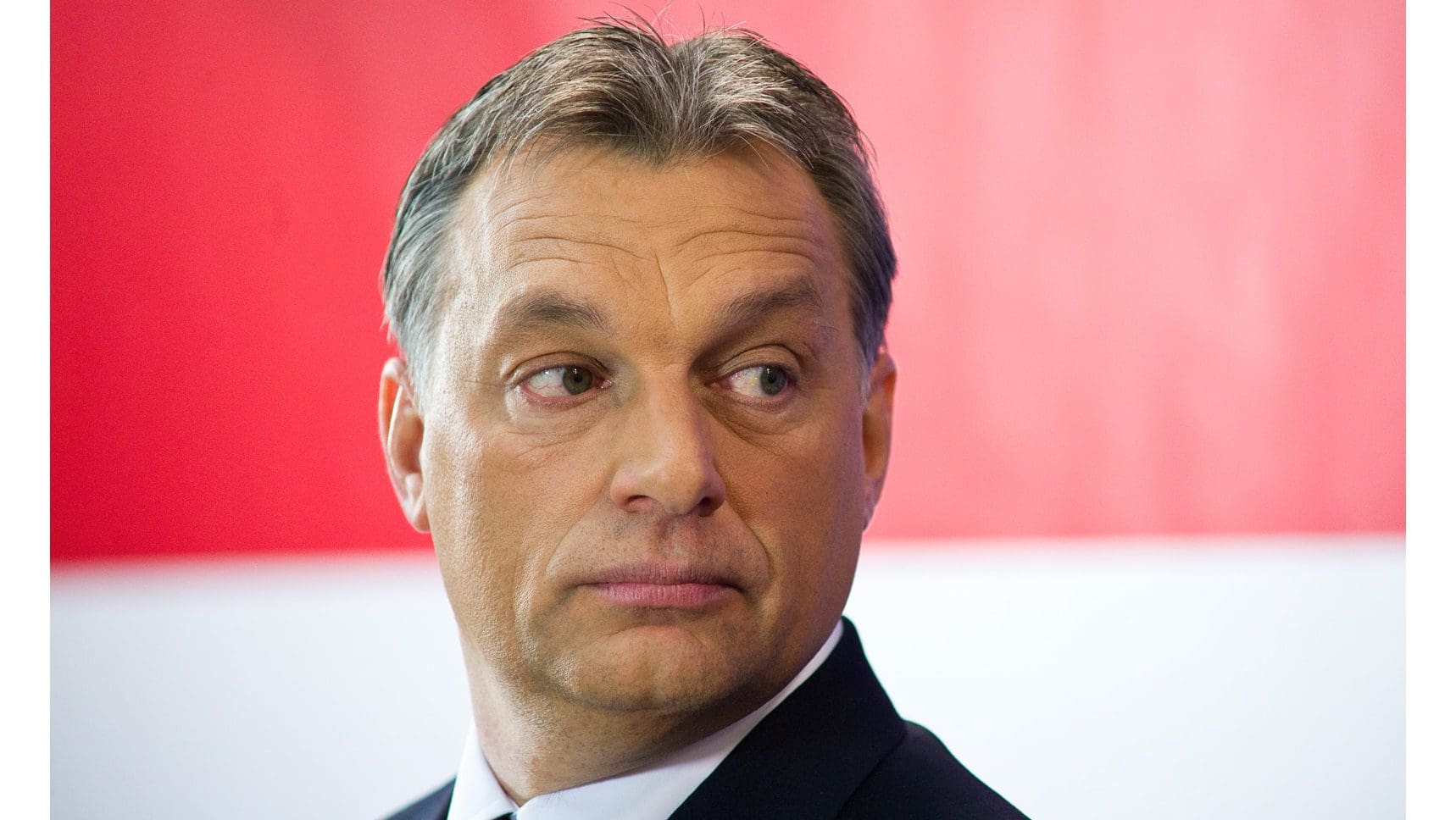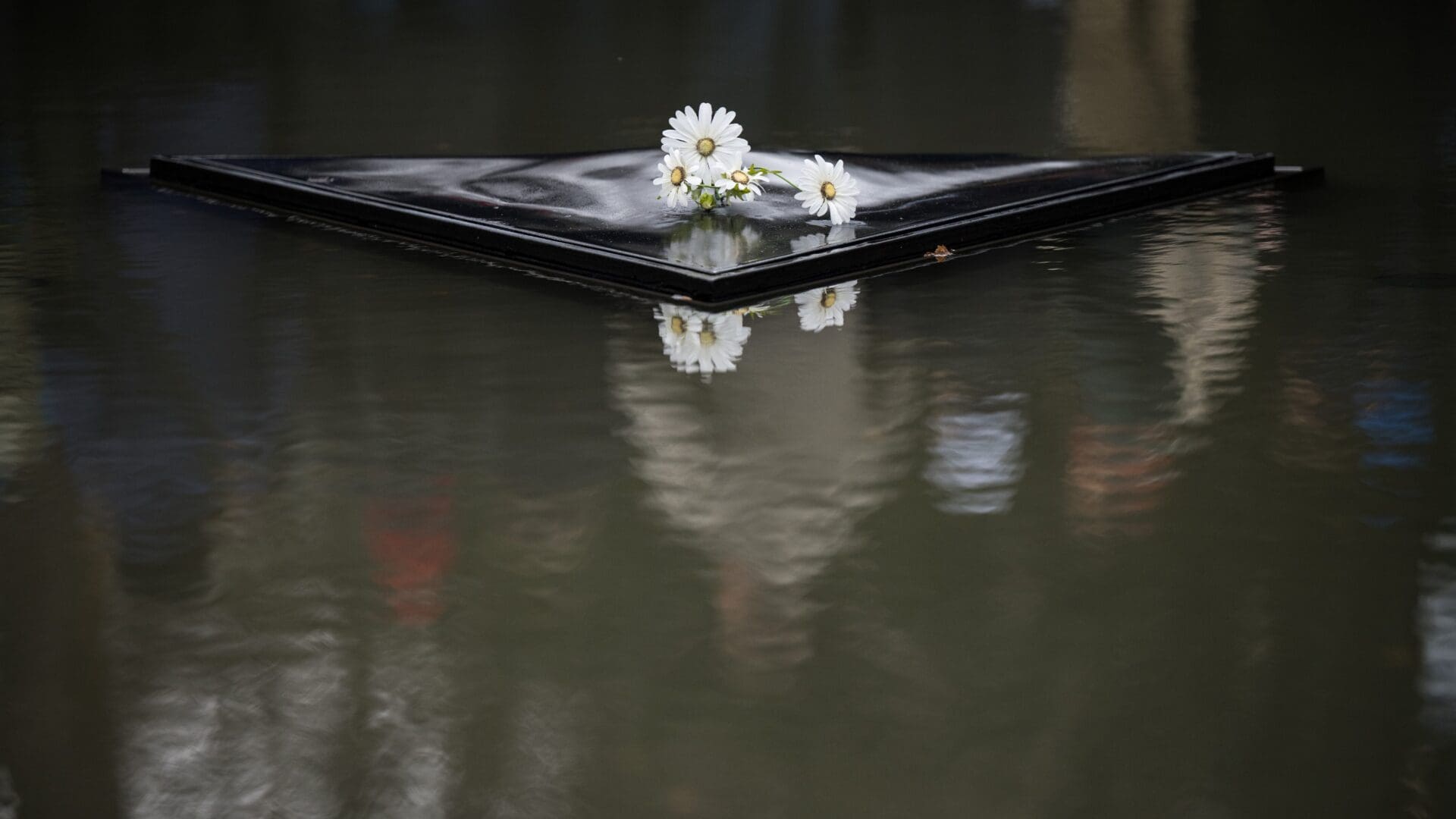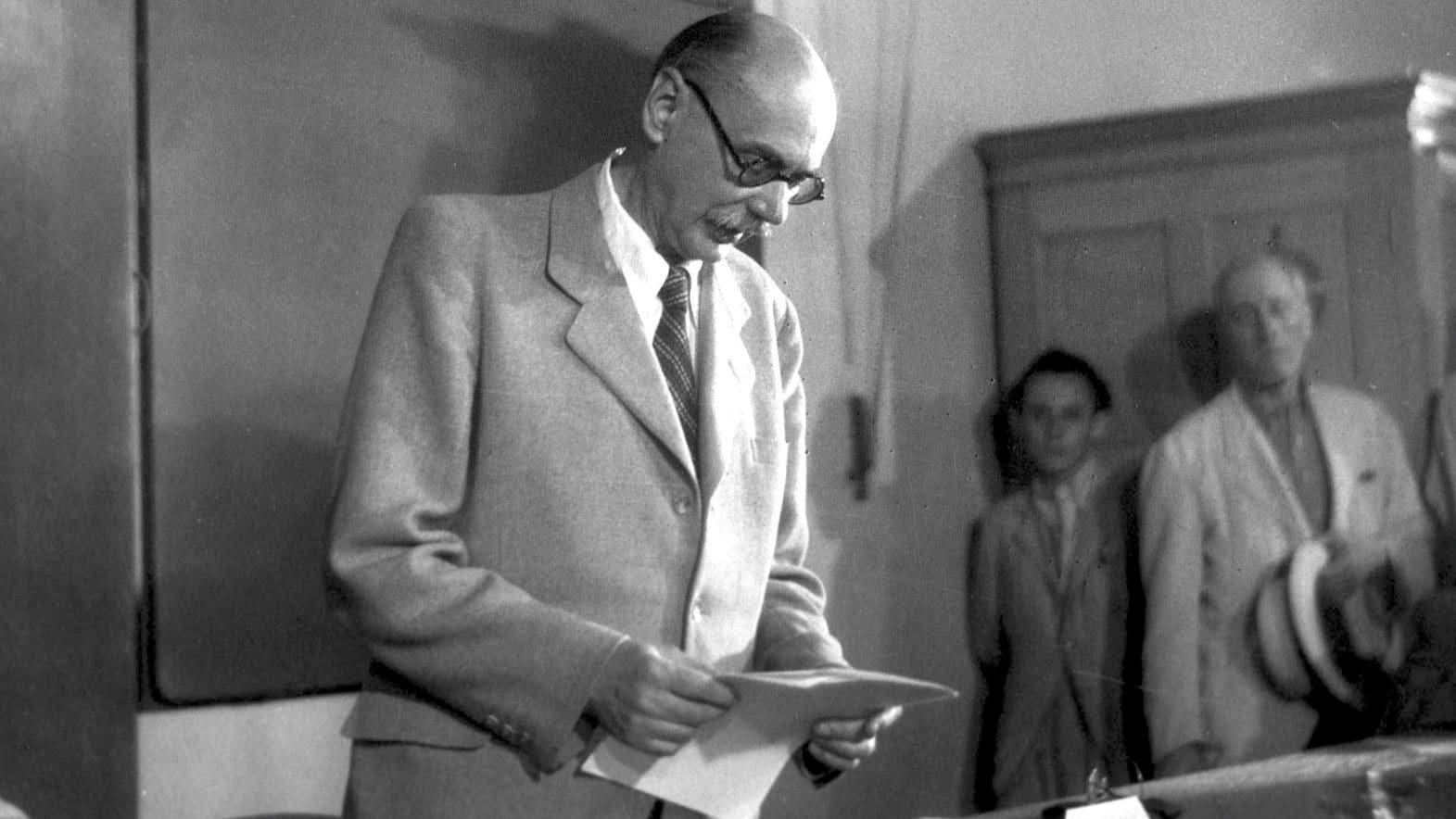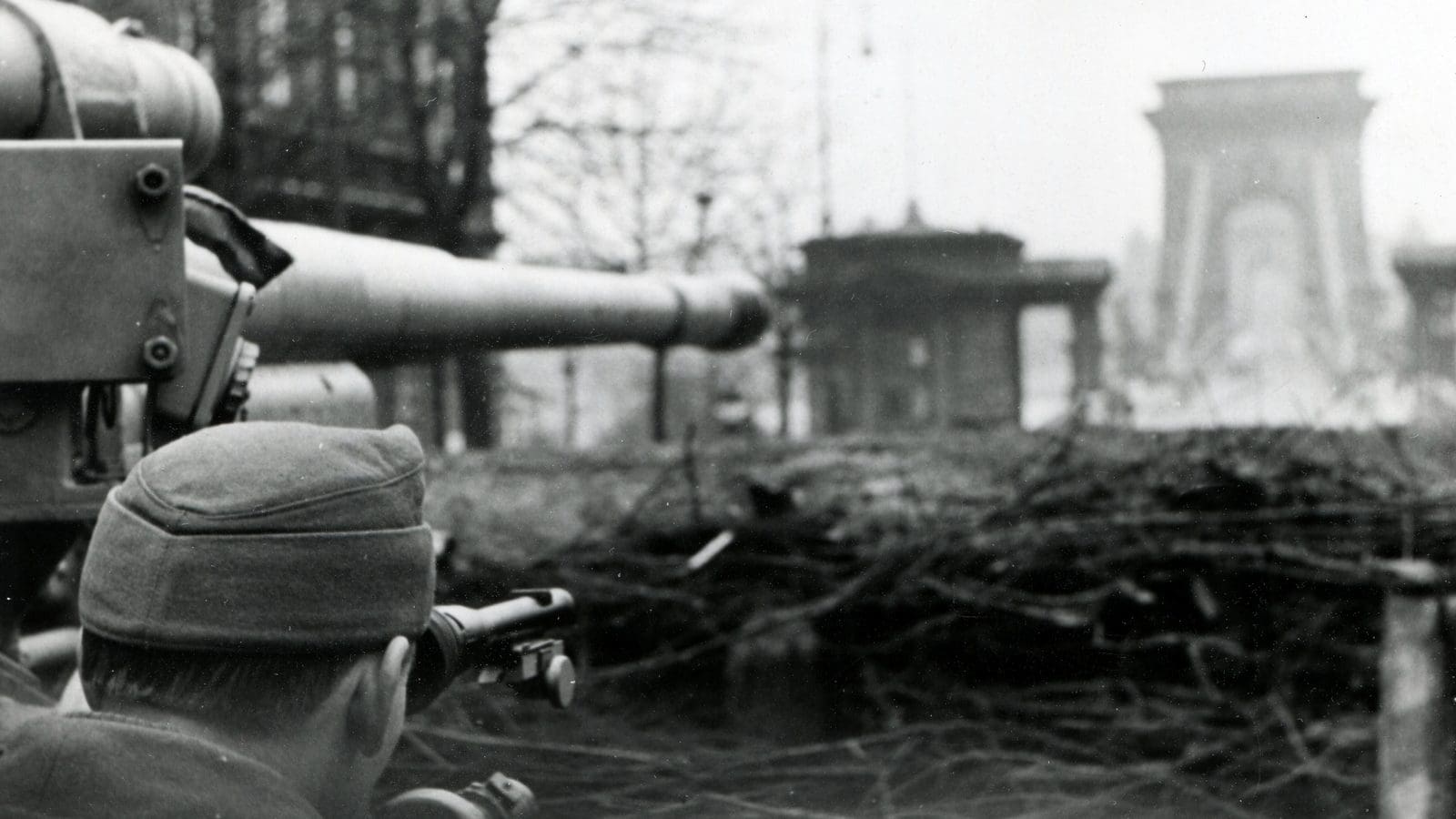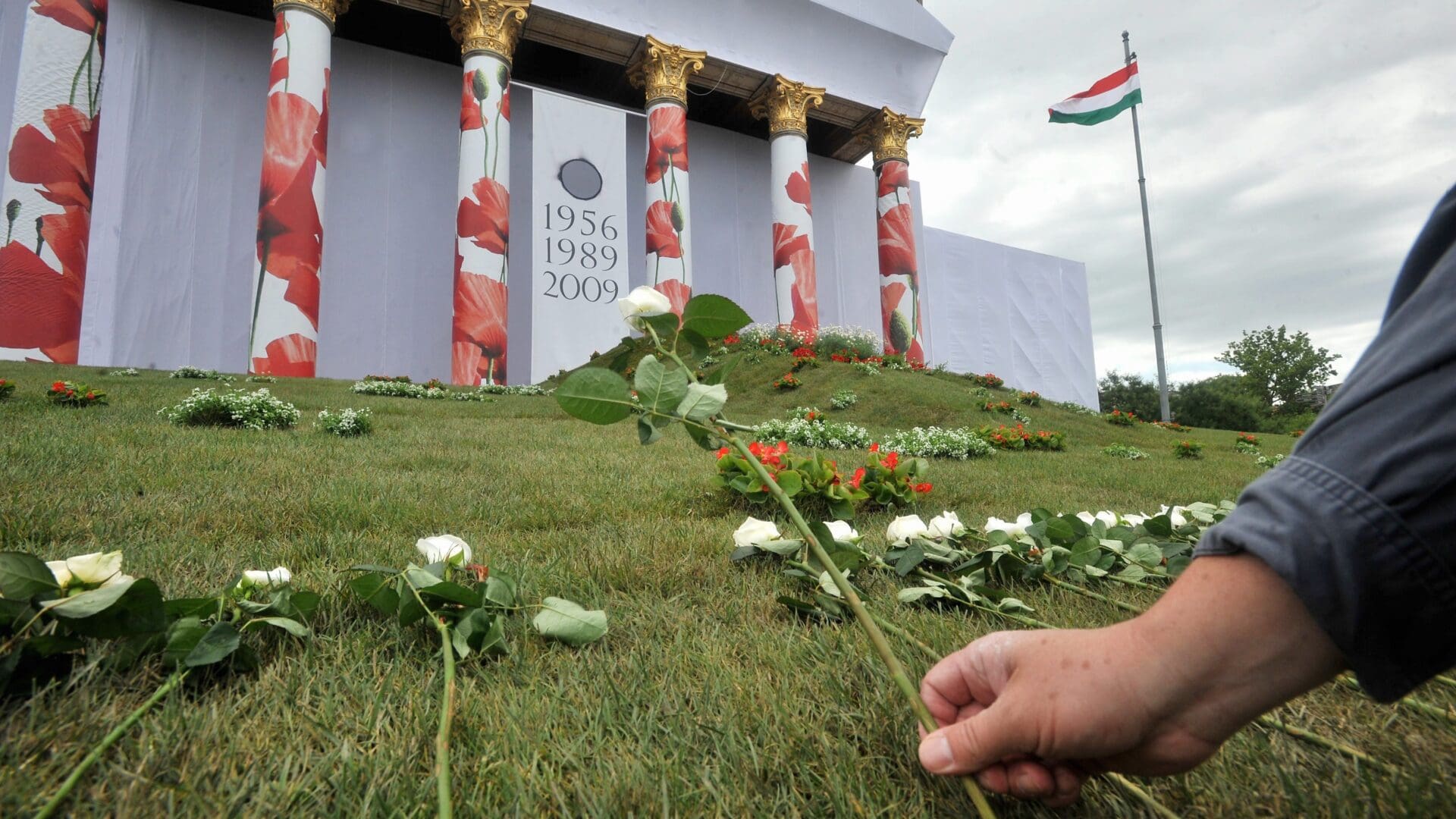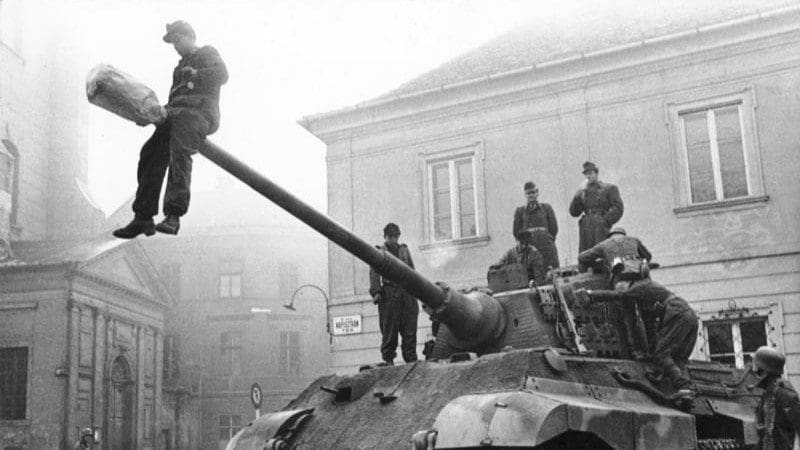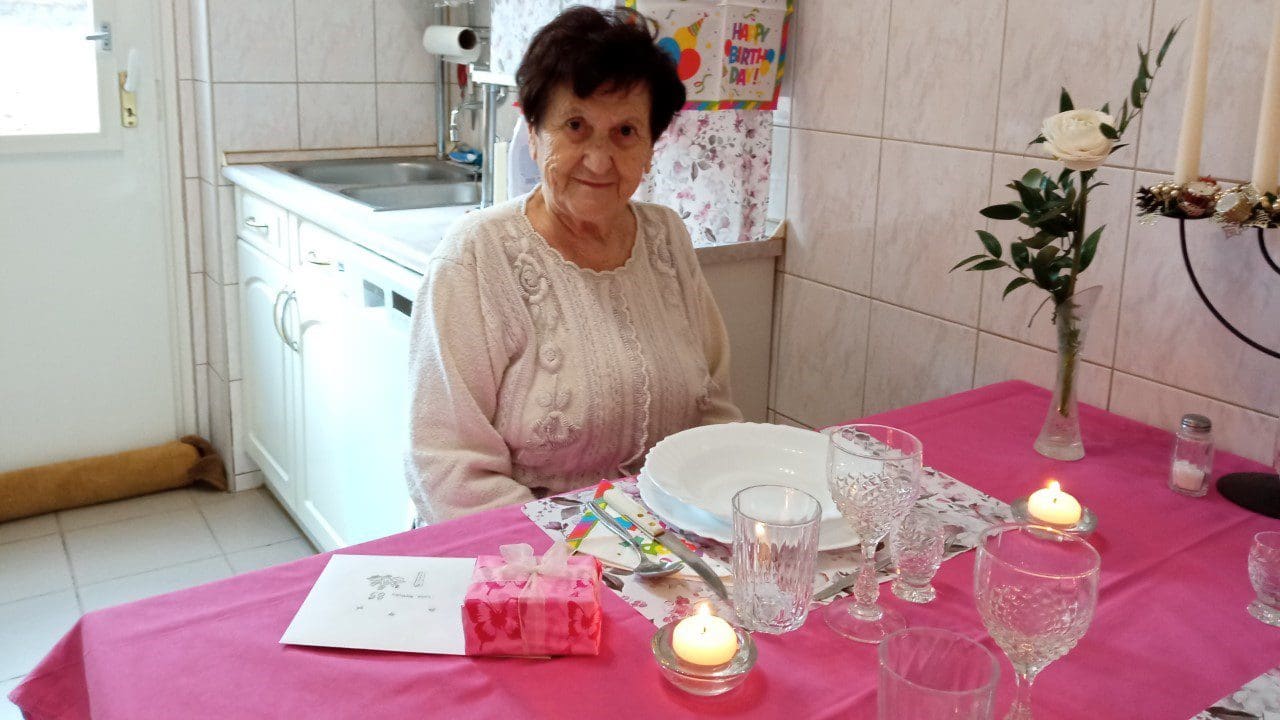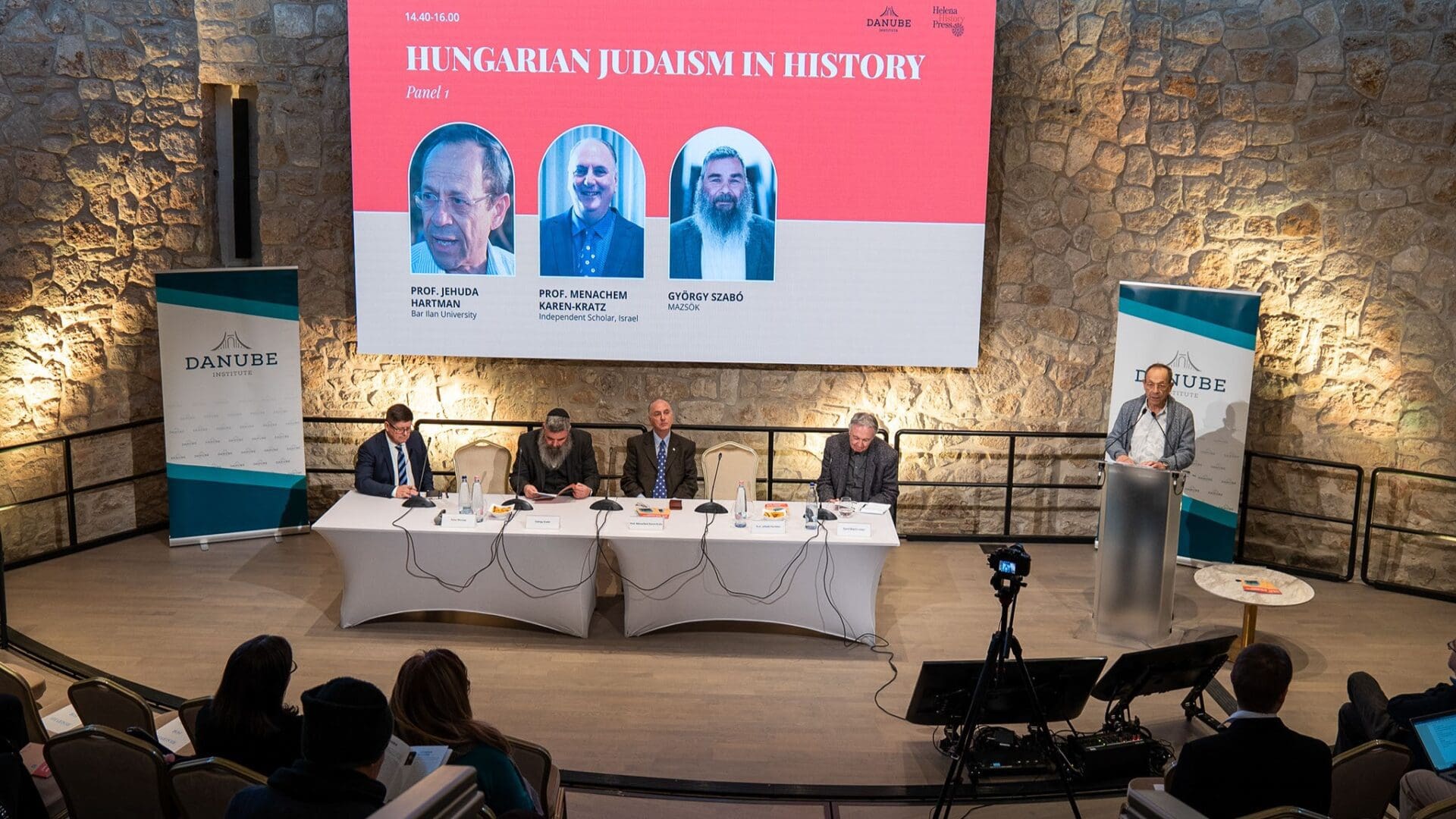‘Szekfű described “capitalism” as “having grown in size over time, becoming a more and more fearsome monster, creating factories and cramming hundreds of thousands and millions of people into the unhealthy, immoral air of smoky cities. And the longer the unrestricted freedom proclaimed by liberalism lasts, the more freely the capitalist big business devours the little ones, the more freely it exploits the economic weaklings, especially the workers.” Szekfű’s book Three Generations, in which he also called for extensive worker protection and the regulation of industrialists by law, bears a striking resemblance to the basic tenets of socialism.’
